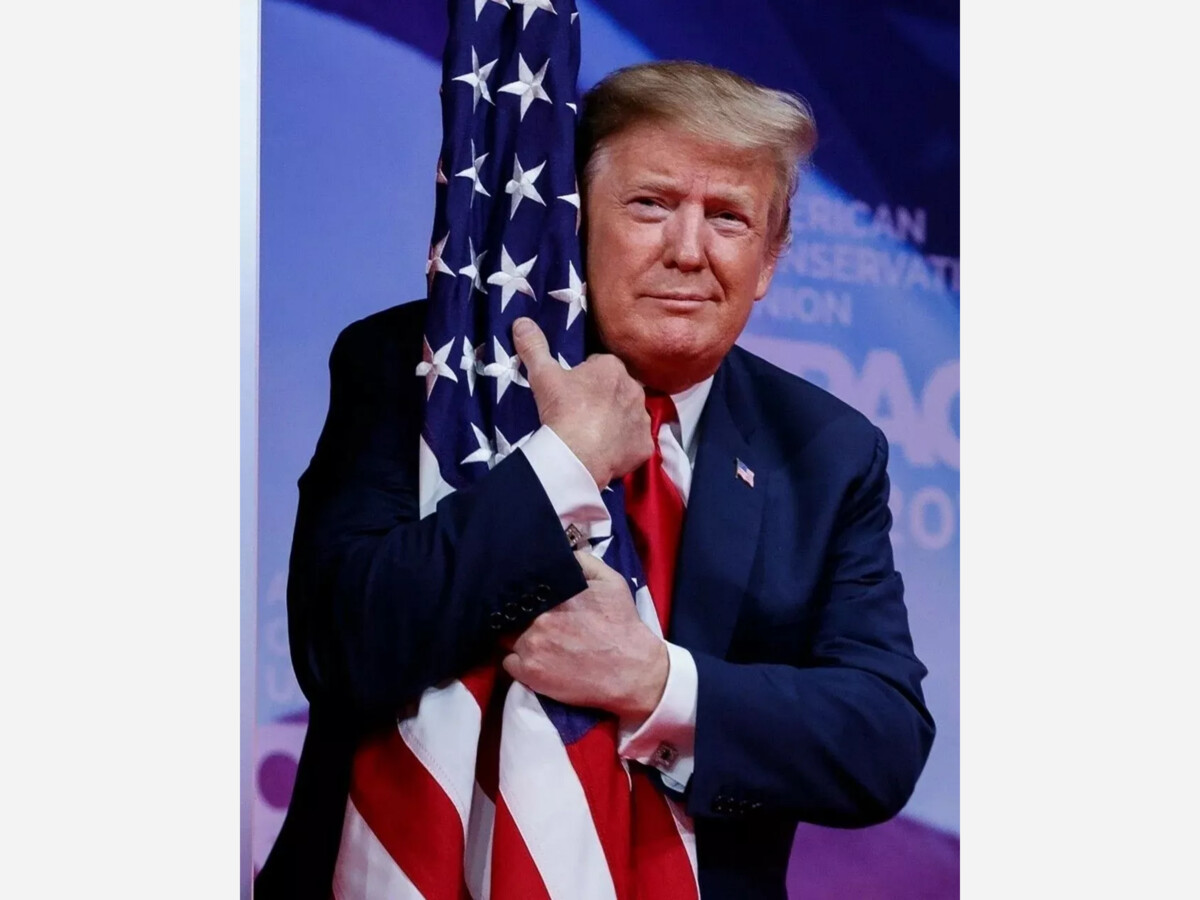Image


The Democratic Party faces profound internal fractures and escalating public unrest amid heightened political tensions. Once a coalition united against Trumpism, the party now grapples with infighting, policy disagreements, and confrontational demonstrations that underscore its struggle to mount a cohesive opposition.
Protesters have adopted increasingly disruptive tactics, drawing comparisons to chaotic scenes from past political eras. During recent major political conventions, activists clashed with police, breached security perimeters, and blockaded streets, chanting slogans at departing delegates. Similar tensions erupted in cities where progressives rallied against perceived cooperation with contentious agendas, shouting demands outside closed offices. Nationwide demonstrations have included acts of civil disobedience, particularly in regions directly affected by polarizing policies.
The party’s internal cohesion has unraveled over issues such as:
These divisions have left the party struggling to present a unified front, with strategists noting a mix of cautious optimism and deep concern about enduring political vulnerabilities.
Recent administrative maneuvers have systematically exacerbated institutional weaknesses:
The opposition response has been marked by discord. While some lead rallies against perceived power imbalances, others draw criticism for cooperative moves with adversaries. Progressive organizers warn of systemic threats requiring total non-cooperation, even as moderates fear alienating swing voters. As demonstrations grow louder and more confrontational—with chants echoing past political eras—the path to rebuilding coherent opposition grows increasingly fraught. With institutional norms being reshaped and resistance efforts fragmented, the challenge of channeling unrest into strategic success remains acute.